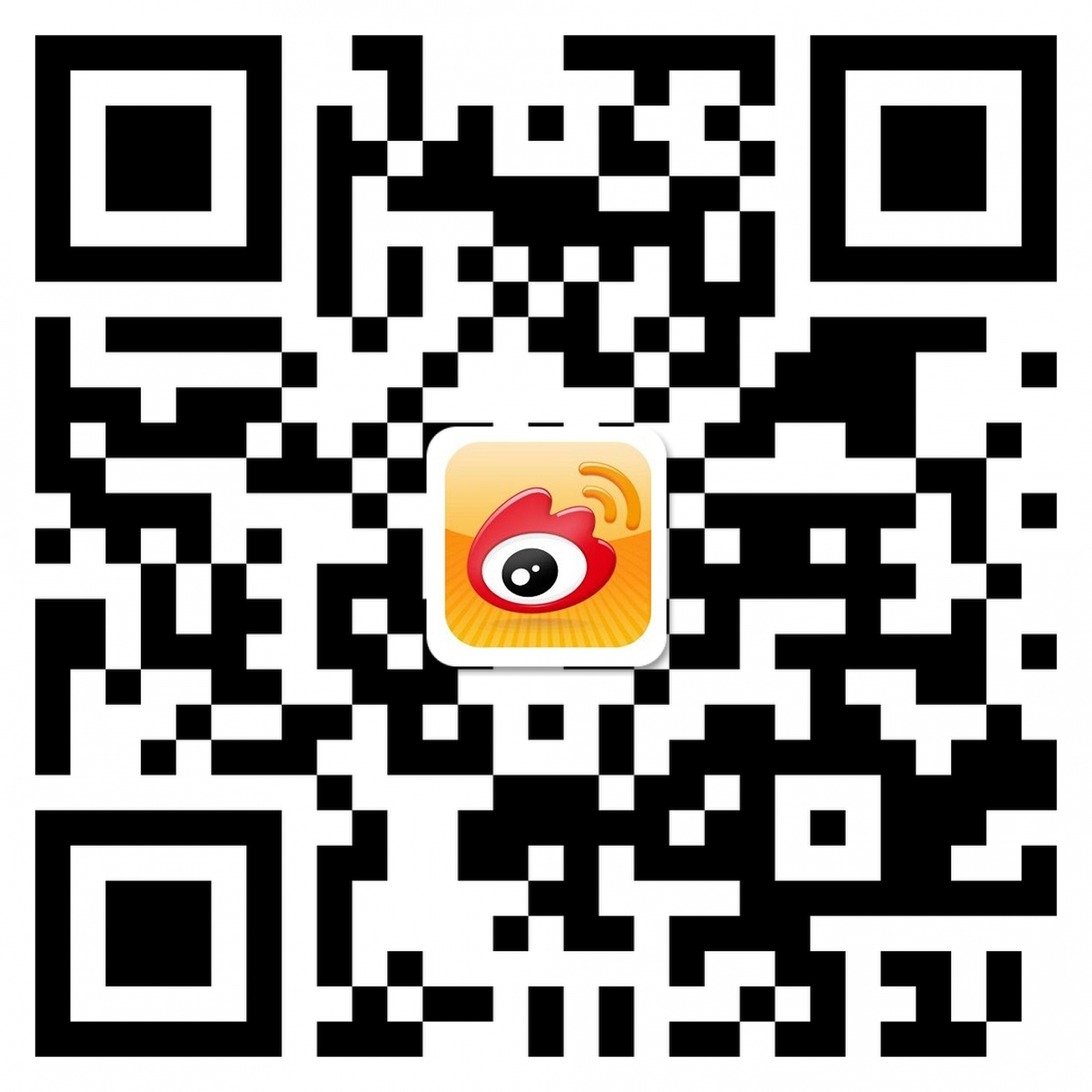Egyptian hieroglyphs were fully unlocked 200 years ago, when the Rosetta Stone was deciphered. Yet long before that, Arabic scholars had made their own discoveries with these ancient scripts, writes Daisy Dunn in the first of BBC Culture's new series Secret Languages.
当罗塞塔石碑在200年前被人们破译了之后,埃及象形文字的秘密也被完全破解了。而据 Daisy Dunn 在英国广播公司新一部文化系列作品《秘密语言》中所写的,早在那之前,阿拉伯学者们就已经用这些古老的文字达成了自己的发现。

Jean-François Champollion had been struggling over the hieroglyphs on the Rosetta Stone for years when, one September afternoon in 1822, he believed he had finally cracked it. In his intense excitement, the 31-year-old Frenchman gathered up his notes, hurried to find his brother, and promptly fainted.
1822年9月的一个下午,Jean-François Champollion,这位多年来一直为破译罗塞塔石碑上的象形文字苦苦挣扎的学者相信,他成功破解了石碑上文字的秘密。在极度的兴奋中,这位31岁的法国人收拾好他的笔记,急忙去寻找他的兄弟,随即由于兴奋过度而晕倒。
The chance discovery of the monument in the Nile Delta at Rosetta, modern Rashid, some 23 years earlier had roused the interest of scholars globally. One of Napoleon's lieutenants, a military engineer named Pierre-François-Xavier Bouchard, was directing the demolition and reconstruction of the city's fort in July 1799 when the black object was spotted beneath the debris. To his credit, Bouchard realised at once that it was something important, and had it cleaned before taking it to the respected Institut d'Égypte in Cairo for closer examination.
在此大约23年前,人们于尼罗河三角洲也就是现代拉希德的罗塞塔处偶然发现了这座纪念碑,这一发现立刻引起了全球学者们的兴趣。1799年7月,拿破仑的一名叫做Pierre-François-Xavier Bouchard 的军事工程师在指挥拆除和重建城市堡垒时,于废墟下发现了一个黑色的物体。不得不夸赞的是,这位副官立刻意识到了这项发现的重要性,并且在将其带到开罗著名的埃及普特研究所进行更进一步的研究之前,将石碑进行了清理。
Strikingly, the heavy slab featured three inscriptions, each of which was very different to look at. One was written in classical Greek; another in Egyptian hieroglyphs; and the third in what was assumed to be Syriac, but later identified as Demotic (a later Egyptian script used for day-to-day correspondence). As Bouchard perceived, assuming the inscriptions all said the same thing, knowledge of Greek could be used to decode the other two texts, which had until now eluded total decipherment.
石碑上首先引起人注意的是刻在厚重石板上的三种铭文,每种铭文各不相同。一种铭文使用古希腊语写就;一种是埃及象形文字;而第三种在当时被认为是叙利亚语,但随后被认定为是通俗语,也就是用于日常通信的埃及文字。正如副官所假设的,如果这三种铭文说的都是同样的话语,那么人们就可以用古希腊语来破解当时尚未被破译的另外两种语言。
This prospect was immensely exciting. The stone was therefore shipped to the Society of Antiquaries in London where copies were made and disseminated to cities and universities across the world. The original was installed at the British Museum at the bequest of King George III in 1802.
这一发现所带来的前景令人们非常激动。随后,这块石碑被运往伦敦的古董协会,也正是在那儿做出了石碑的复制品并分发给了世界各地的城市和大学。而真品在1802作为乔治三世国王的遗赠品送往了大英博物馆。
The race was then on to translate the Greek and use it to unravel the secrets of the other two languages. The legible text confirmed that the three inscriptions were indeed identical in content and related to a decree passed by a council of priests in Memphis regarding the cult of Ptolemy V in the 2nd Century BC.
各地拿到石碑的复刻品后都争先恐后地开始翻译石碑上希腊语部分的内容,用以揭开其他两种语言的秘密。 碑上清晰易读的文字证实了这三种铭文所描述的内容确实相同,内容与孟菲斯一个牧师委员会在公元前2世纪通过的有关于托勒密五世祭祀的法令有关。

▲Hieroglyphic, Demotic and Ancient Greek inscriptions are carved into the Rosetta Stone. (Credit: British Museum)
罗塞塔石碑上刻有象形文字、通俗语和古希腊文字。(Credit: British Museum)
In October,an exhibition will open at the British Museum in London to mark the bicentenary of Champollion's breakthrough, which anticipated his complete decipherment of hieroglyphs. As the accompanying catalogue explains, the Figeac-born scholar "was certainly the first to grasp the structural logic of the ancient Egyptian language in its varied forms", and consequently enjoyed an enduring reputation as the man who won the intellectual race. But was Champollion really the trailblazer he was believed to be?
10月时,伦敦大英博物馆将举办一场纪念当时 Champollion 的重大发现200周年的展览,他被认为在当时就已经破译了象形文字。正如展览预告随附的目录中所写的那样,这位出生在 Figeac 的学者“无疑是第一个掌握古埃及语言各类形式的结构逻辑的人”,他的名声也因此大噪。但 Champollion 真的像人们认为的那样是“第一破解人”吗?
Almost a millennium before the Rosetta Stone was even discovered, Arabic scholars had begun to grapple with the hieroglyphs they found on Egyptian monuments and tomb paintings. The highly pictorial method of writing was first developed about 3250 BC and known in Egyptian as "divine words" and in Greek as "sacred carving" or "hieroglyph". Although it had ceased to be used by the 5th Century AD, these medieval scholars believed that the script could still be deciphered, and the secrets of the inscriptions revealed.
在罗塞塔石碑被发掘出来的近千年里,阿拉伯学者们一直都在努力研究他们在埃及纪念碑和墓葬画上发现的象形文字。高度图像化的书写方法最早是在公元前3250年左右发展起来的,在埃及被称为“divine words”,而在希腊被称为是“sacred carving”或是“hieroglyph”。尽管这些文字只使用到公元五世纪左右,但这些中世纪的学者们相信这些文字都是可以被破译的,而铭文的秘密也会随之被揭露。
It was not unusual for the transmission of knowledge to be clouded in this way as it travelled through the hands of scribes and scholars in the East. Dr Violet Moller, author of The Map of Knowledge, explains that Arabic scholars who were instrumental in carrying ideas from antiquity into the Renaissance have all too often been overlooked or even written out of history. "It's impossible to know what the individual motives behind this were.When the medical books of the Greek author Galen, for example, were translated from Greek into Arabic, revised and significantly amended by a man named Hunayn Ibn Ishaq, some Latin scholars presented the work as purely Greek. There was no mention of the Arabic scholar who was the conduit of knowledge," she says.
阿拉伯抄写员和学者们为知识传播作出了不小的贡献,《知识地图》的作者Violet Moller 博士说道,阿拉伯学者在将古代思想延续和传播到文艺复兴时期的过程中发挥了重要的作用,但是他们的作用往往被人忽视,甚至没被写入历史。“现在已经无法解读这些人的动机了。比如希腊作家 Galen 的医学书籍由一名叫做 Hunayn Ibn Ishaq 的阿拉伯学者从希腊语翻译成了阿拉伯语并进行了修订,而许多拉丁学者并没有给予他足够的尊重,而是将这部作品描述为一部纯希腊语的书籍。”

Hunayn ibn Ishaq translated many classical Greek texts, including medical and scientific treatises, into Arabic and Syriac. (Credit: Alamy)
Hunayn ibn Ishaq将许多古典希腊文本,包括医学和科学论文翻译成了阿拉伯语和叙利亚语(Credit: Alamy)
There is no denying that Champollion made an enormous contribution to the history of scholarship in making these discoveries. "Without Champollion," says Dr El Daly, "our knowledge would have had to wait a few more decades." His decipherment of the hieroglyphs on the Rosetta Stone facilitated the translation of hundreds of other previously incomprehensible texts down the centuries and therefore opened up countless new avenues of scholarship and debate. On a human level, too, Champollion clearly deserved the praise he received for his perseverance and intellectual clout.
不可否认的是,Champollion也对学术史做出了巨大的贡献。El Daly博士说:”如果没有Champpollion,我们对于石碑的了解可能还得再停滞几十年。“他对于罗塞塔石碑上象形文字的解读,促使数百年来以前曾难以被解读的文本得以被成功翻译,也因此开辟了无数新的学术和辩论课题。同样,从个人角度来说,他所具备的坚韧不拔的毅力和智慧也值得被表扬。




